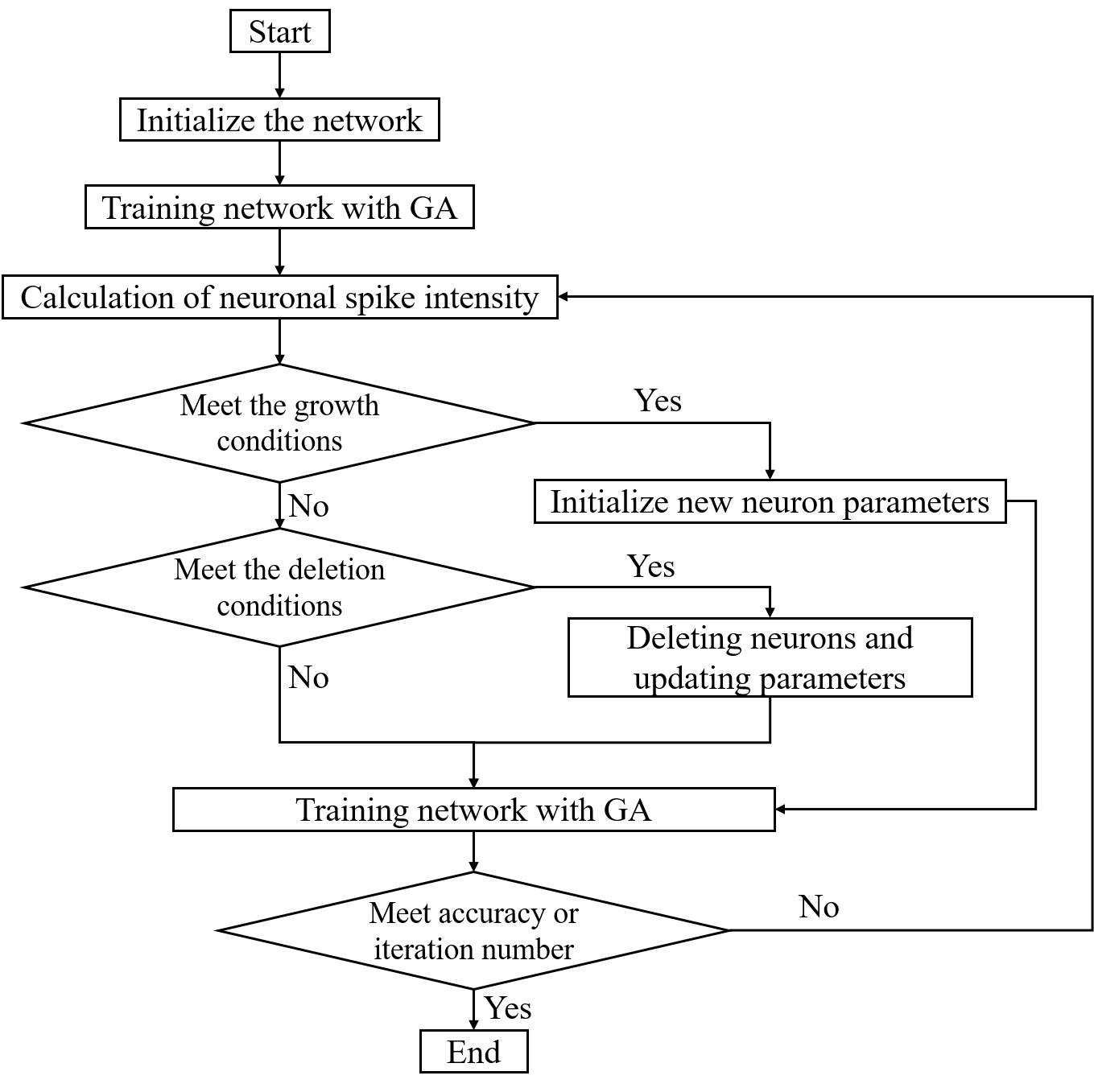 An open access journal
An open access journal
Green Energy Storage: Advancements in Batteries and Energy Management
Abstract
Green energy storage technologies are pivotal for the efficient utilization of renewable energy sources such as solar and wind power. This paper explores the significance of green energy storage, emphasizing its role in grid integration, electric vehicles, and energy-efficient buildings. It delves into various aspects, including lithium-ion batteries, solid-state batteries, and demand-side energy management. The discussion includes the benefits of green energy storage, such as grid stability, reduced greenhouse gas emissions, and energy independence. Moreover, the paper addresses the challenges and considerations in implementing energy storage solutions, including cost-effectiveness and sustainability. Through a review of green energy storage projects and research, the study highlights the positive outcomes associated with the adoption of advanced energy storage technologies.
Share and Cite
Article Metrics
References
- Chu, S., & Majumdar, A. (2012). Opportunities and challenges for a sustainable energy future. Nature, 488(7411), 294-303.
- Dunn, B., Kamath, H., & Tarascon, J. M. (2011). Electrical energy storage for the grid: A battery of choices. Science, 334(6058), 928-935.
- Larcher, D., & Tarascon, J. M. (2015). Towards greener and more sustainable batteries for electrical energy storage. Nature Chemistry, 7(1), 19-29.
- Nykvist, B., & Nilsson, M. (2015). Rapidly falling costs of battery packs for electric vehicles. Nature Climate Change, 5(4), 329-332.
- Zakeri, B., & Syri, S. (2015). Electrical energy storage systems: A comparative life cycle cost analysis. Renewable and Sustainable Energy Reviews, 42, 569-596.






